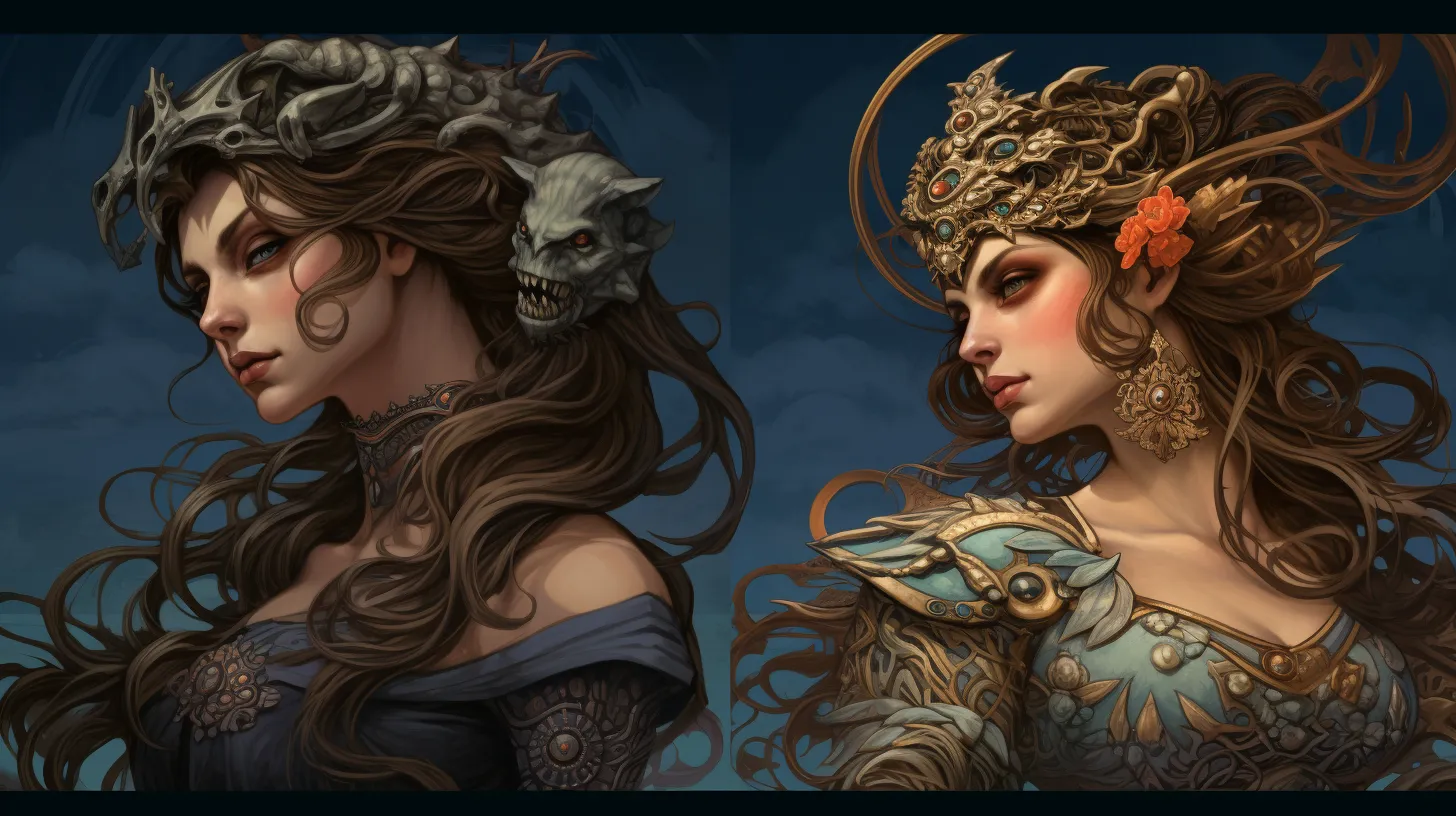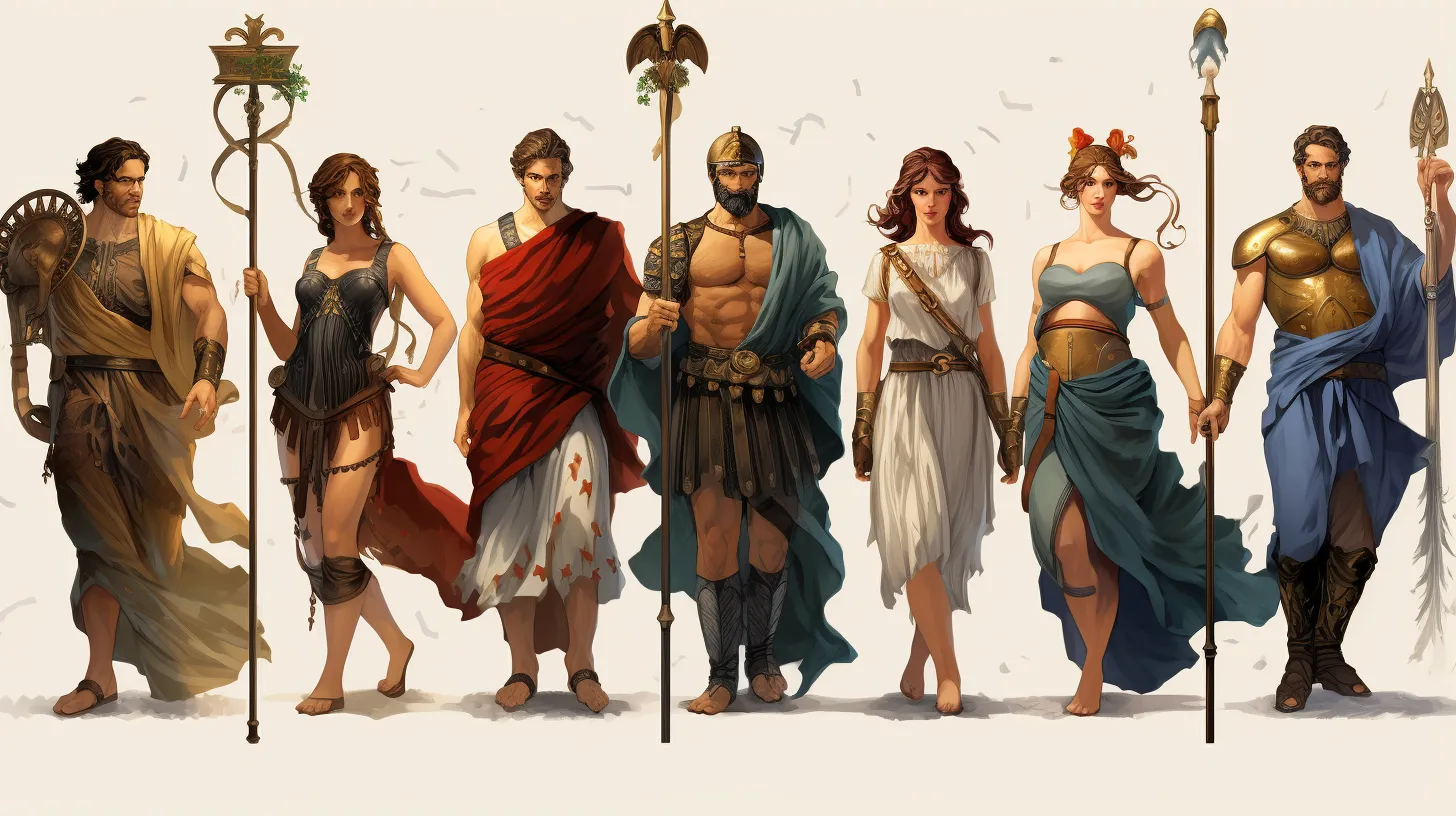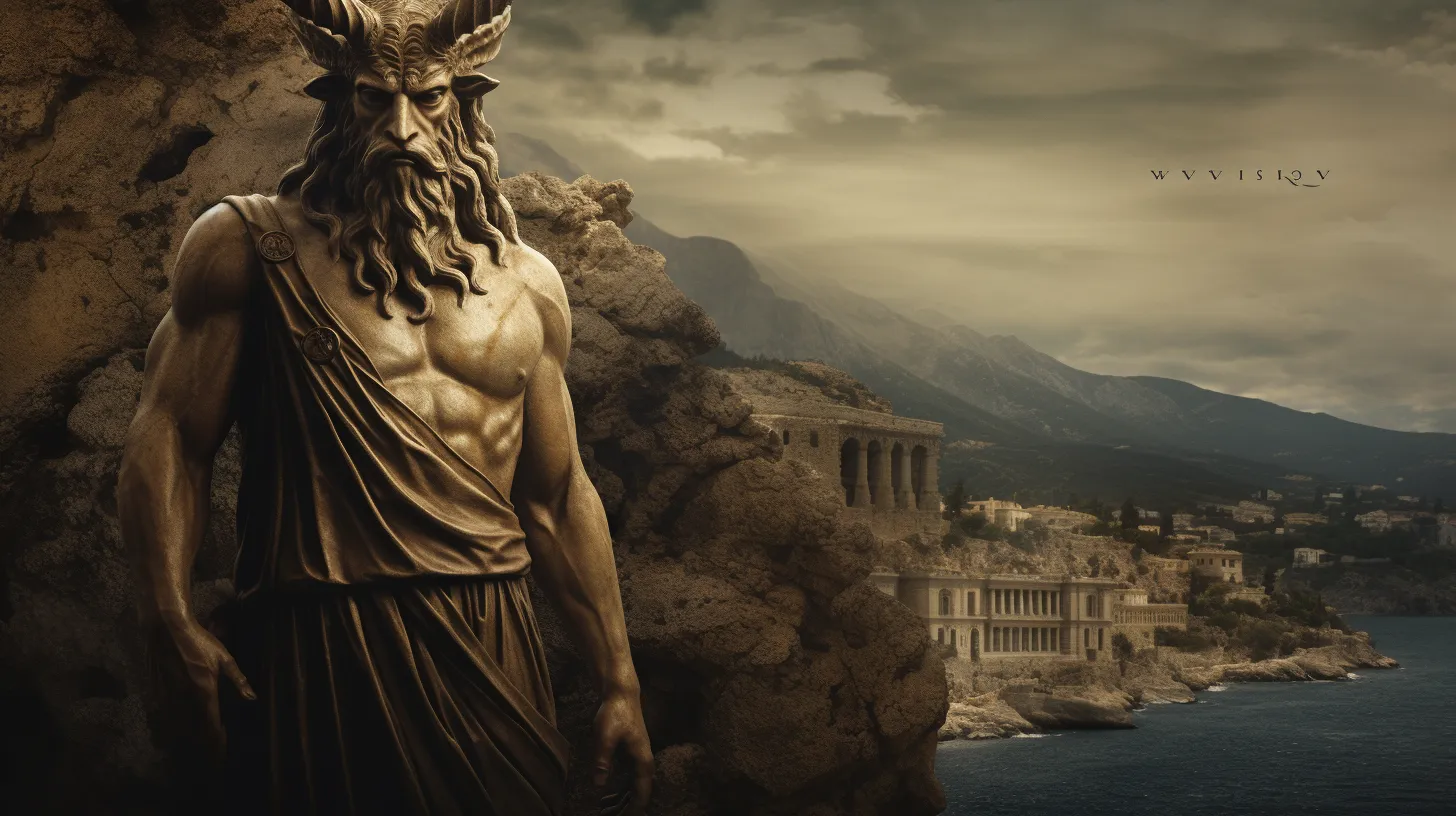If you’re curious about whether the Norse god Thor was portrayed as having a large body in the old myths, the answer is no.
The ancient texts that detail Norse mythology, such as the Poetic Edda and the Prose Edda, do not describe Thor as being overweight. Instead, they celebrate him for his extraordinary strength and his skills in combat.
When examining Viking artwork, you’ll notice depictions of Thor vary, but his size is more a symbol of his formidable power than an accurate representation of his body shape.
Recognizing Thor’s role as a guardian is key—he is the forceful deity trusted with the mighty hammer Mjölnir.
So, the image of Thor as an overweight figure doesn’t come from the original stories and cultural heritage that cast him as a legendary figure.
Thor’s Mythological Physique
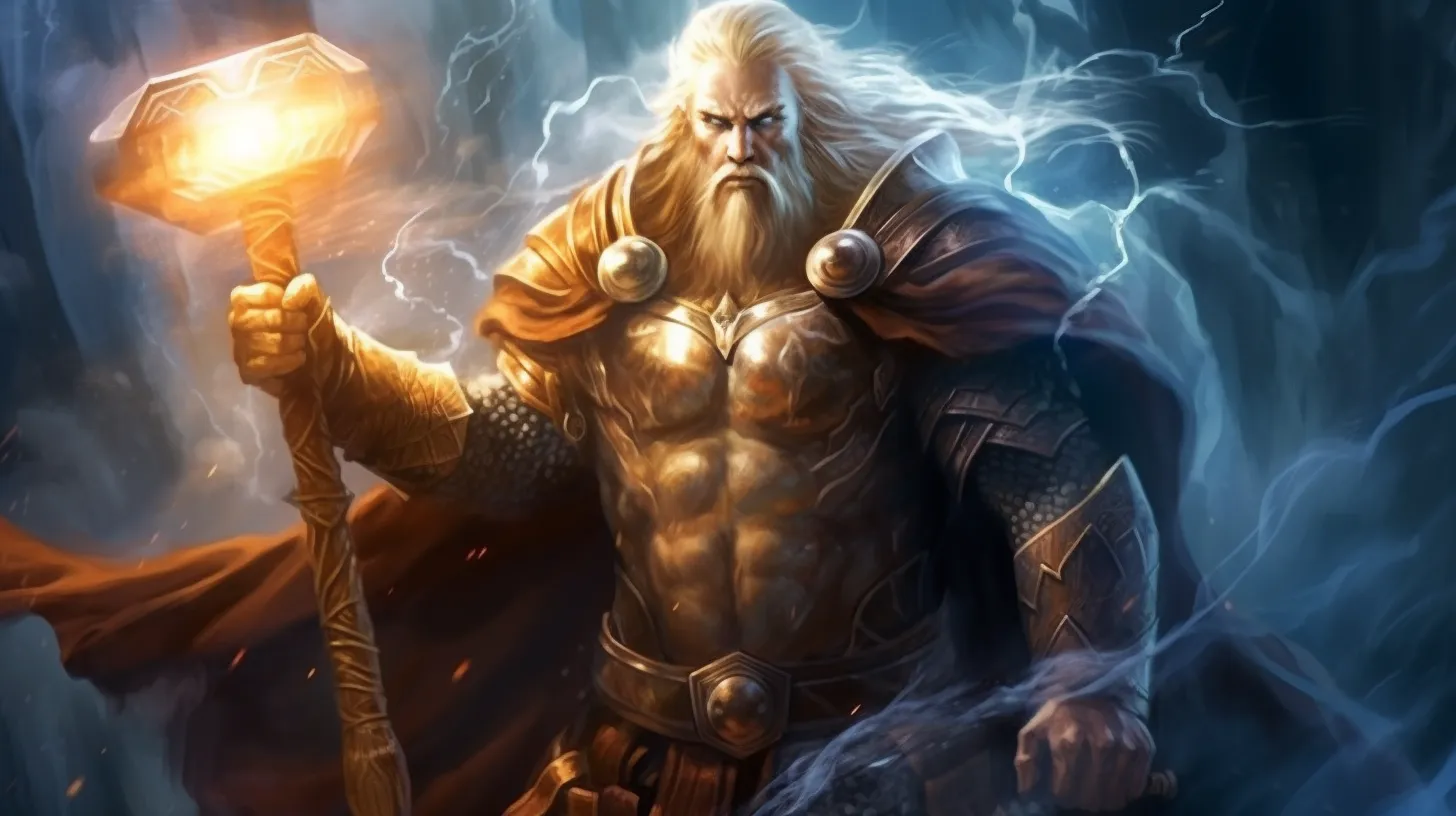
Regarding Thor’s mythological physique, you’ll find no ancient tales explicitly describing him as fat; instead, they emphasize his immense strength and battle prowess.
As a central figure in Norse mythology, Thor’s appearance symbolizes the epitome of a warrior—a physically imposing Norse god whose very presence commands respect and awe.
The Norse myths paint a picture of Thor in Norse mythology as a robust and powerful force, with his red hair and beard signaling a fiery spirit and indomitable will. His size is revered, not for excess but for the might and protection he embodies.
In essence, Thor looked like, in Norse culture, what you’d expect of a deity dedicated to safeguarding Asgard and Midgard: a formidable, unmatched presence in the pantheon of Norse gods.
Ancient Texts and Descriptions
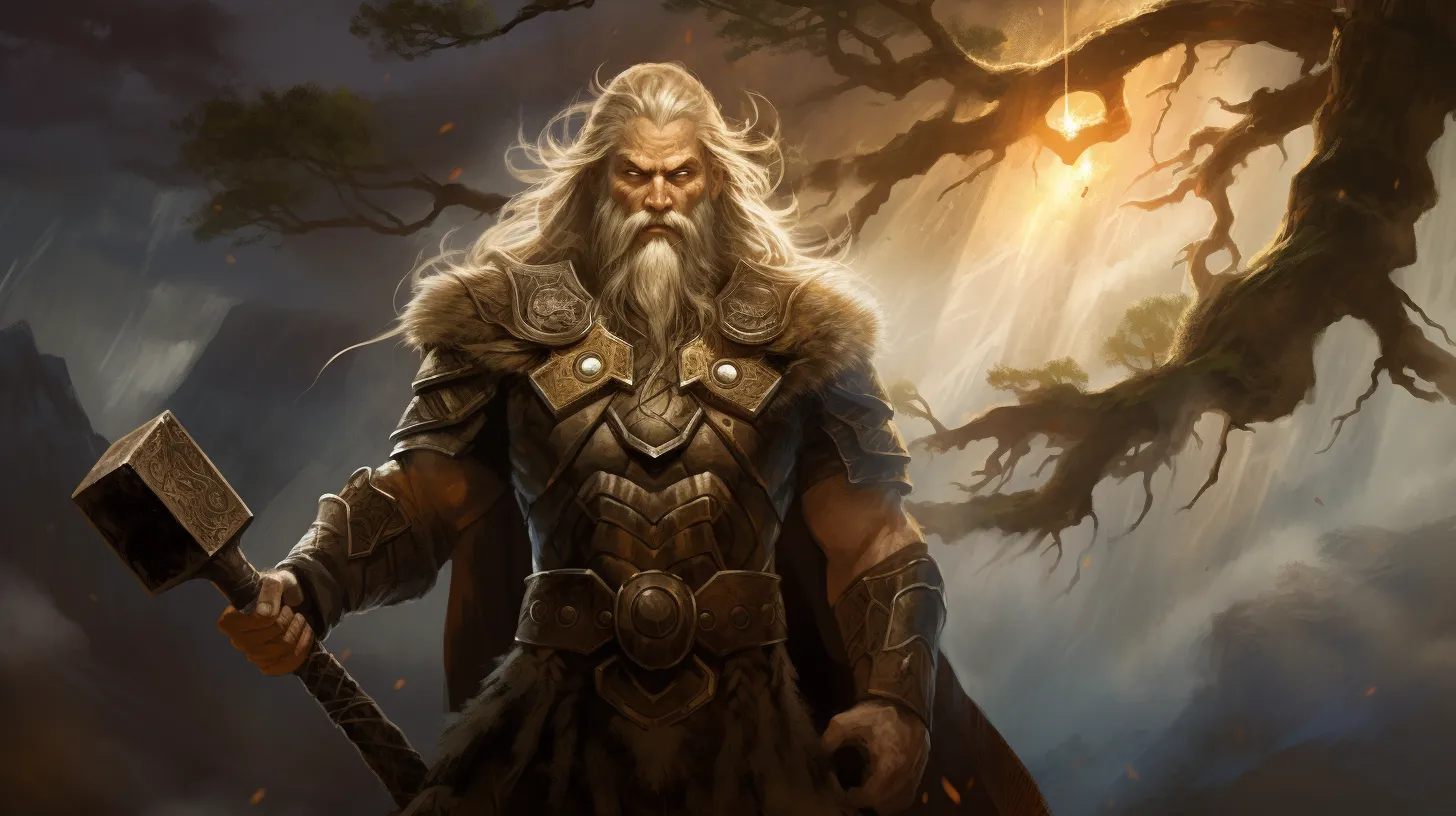
Every ancient text that mentions Thor highlights his formidable strength and warrior’s physique, rather than any detail suggesting he’s overweight.
In Norse mythology, the Poetic Edda and Prose Edda serve as primary sources, rich with tales that underscore his immense strength.
In the Lay of Thrym, Thor’s power is paramount when he confronts the giant who stole Mjolnir. His capacity to feast with the best, illustrated by his ability to drink three mighty gulps, points to his robust vigor rather than corpulence.
The Tale of Utgarda-Loki further cements Thor’s status as a paragon of might, where the challenges he faces are tests of his unparalleled strength.
These texts collectively paint a picture of Thor as a deity of prodigious power, not excess weight.
Artistic Depictions of Thor
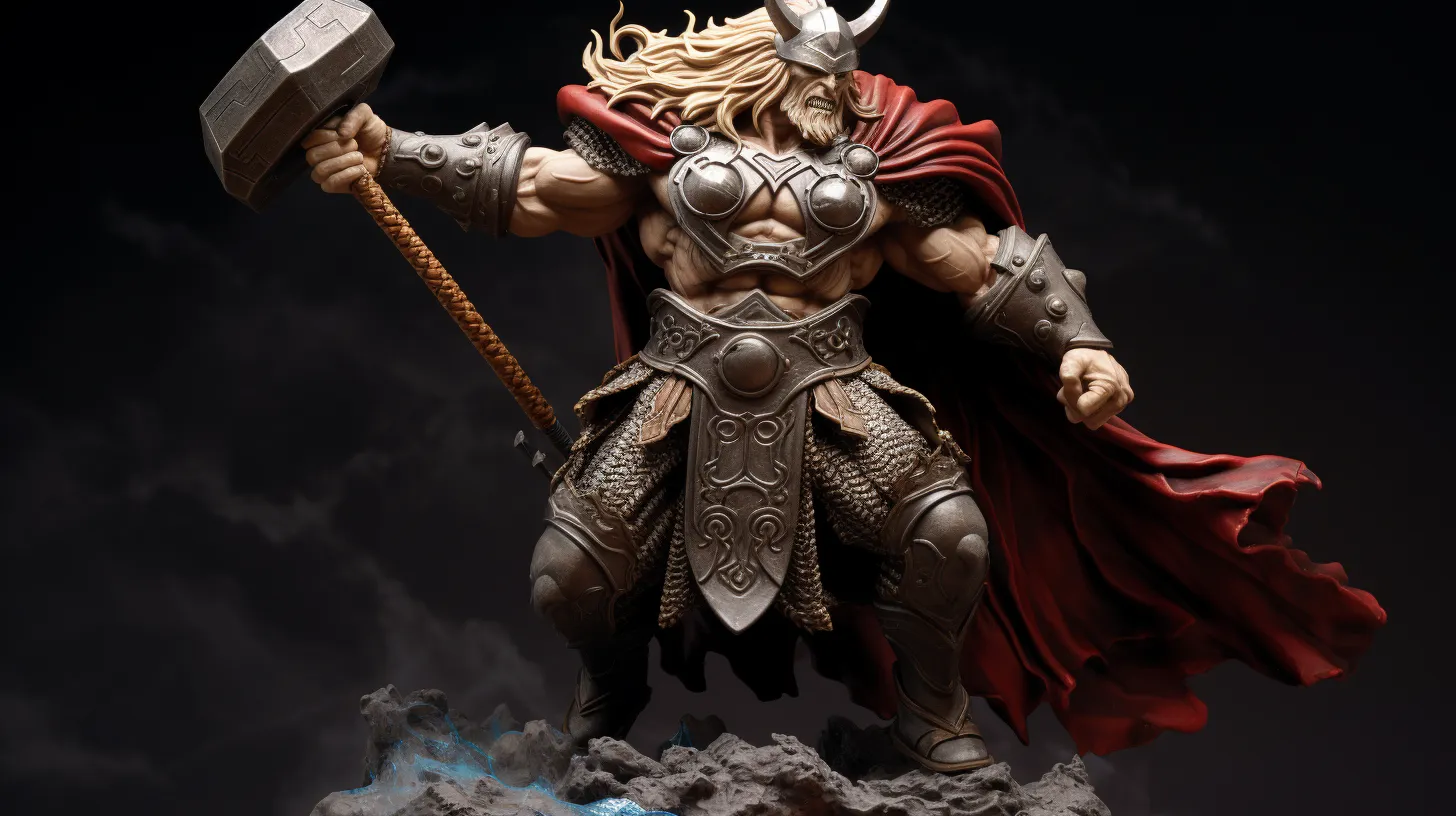
As you explore artistic renditions of Thor from the Viking Age, you’ll notice a range of interpretations, none of which conclusively portrays him as overweight. Thor’s imagery often reflects a robust, mighty figure. These representations of Thor emphasize his superhuman strength rather than a specific Thor look or Thor in mass.
While some may wonder if Thor was fat, the Norse gods’ depictions aren’t literal but rather symbolic, leaving room for fanciful interpretation. Thor’s appearance in art invites interpretation and vigorous contestation, underscoring the absence of definitive physical descriptions.
Consequently, artistic depictions of Thor are more about capturing his essence and formidable presence than an accurate body type.
Cultural Significance of Thor’s Size
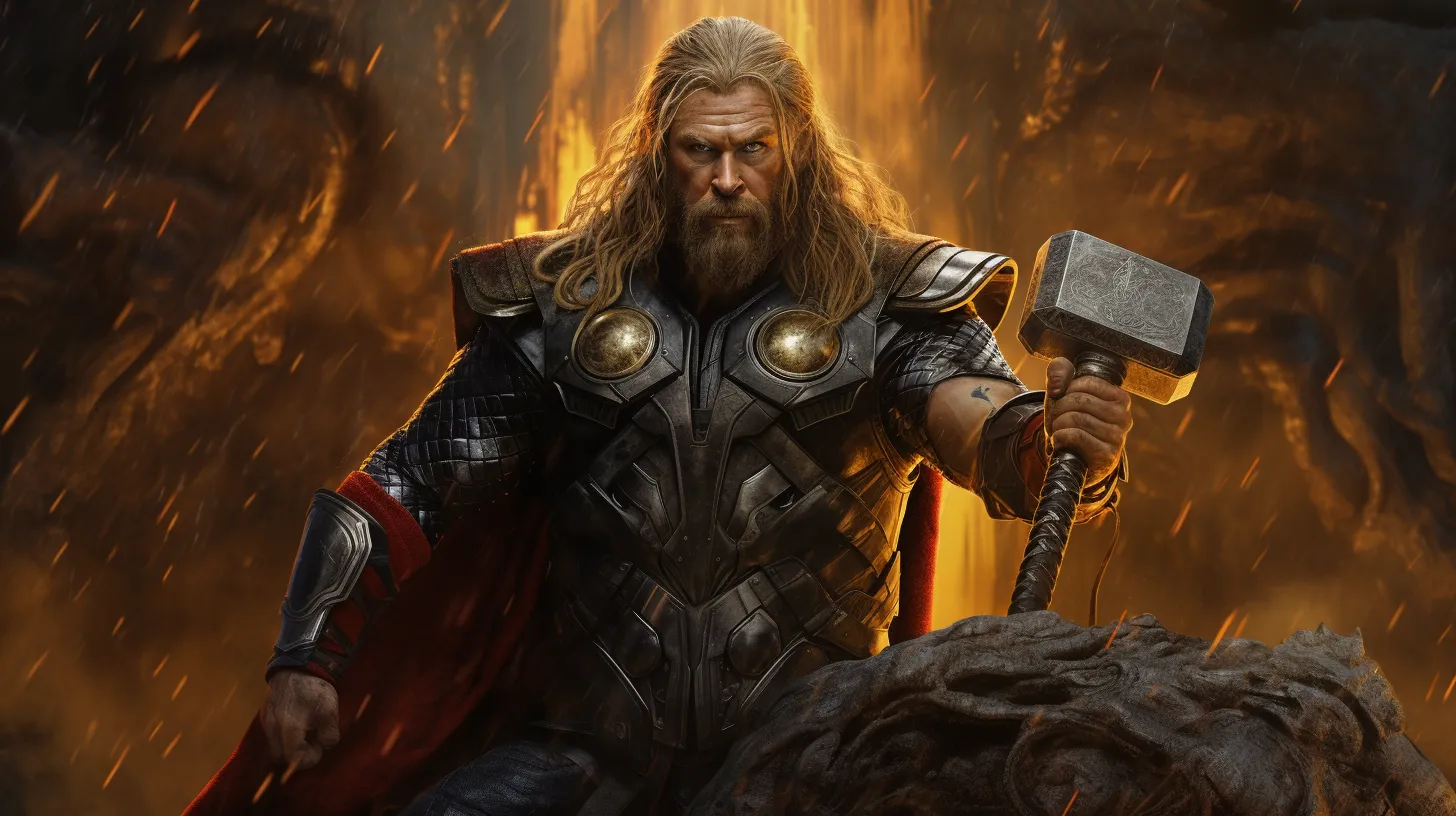
While you might associate Thor’s substantial size with mere physicality, it’s important to understand that his grandeur also carries deep cultural significance in Norse society. In the realms of Norse mythology, Thor isn’t just a thunder god; he embodies the apex of strength and power, which his impressive stature aptly represents. This isn’t the ‘Fat Thor’ of fanciful interpretation, but a figure of might and authority.
In the Edda and the Prose, his size signifies an unyielding force against chaos. His appetite reflects the vastness of his responsibilities.
These classic examples establish Thor as a protector, a role deeply revered by the Norse. His dimensions aren’t a matter of weight but of the immense presence required to wield Mjölnir and safeguard the realms, an image that God of War Ragnarok visually captures but historically simplifies.
Evolution of Thor’s Image
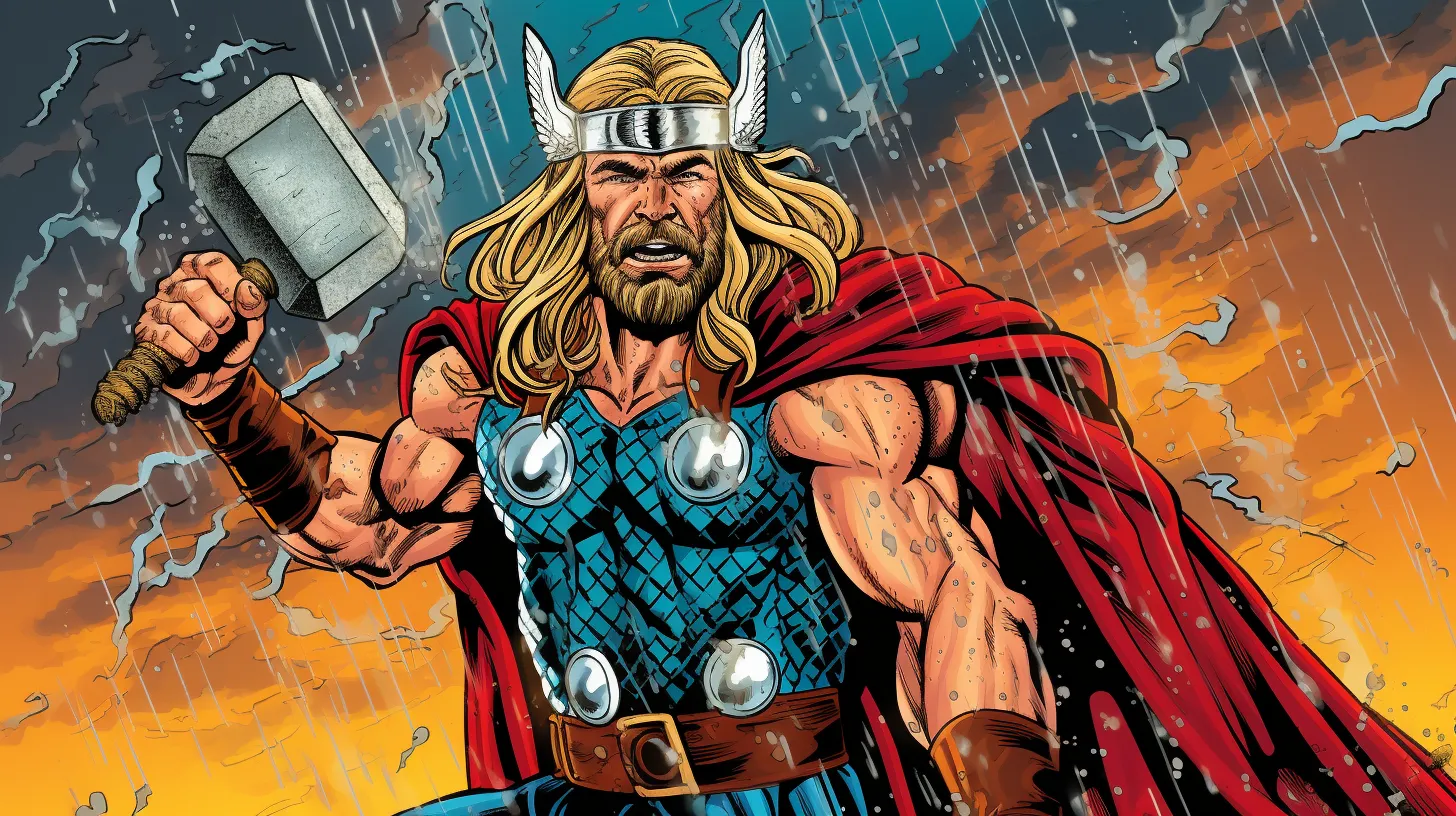
You’ll find that artistic representations of Thor have evolved significantly over centuries, from the stout warrior of ancient carvings to the muscle-bound hero of modern media.
In Norse mythology, the thunder god’s image is a powerful symbol of might and protection. Initially, he was often depicted as a strong, broad figure, exuding the strength characteristic of the god of thunder.
This evolution of Thor’s image reflects not just artistic liberty but also cultural shifts in the perception of physical ideals. Today’s fanciful interpretation, presenting Thor as an almost unattainable paragon of fitness, diverges from the Norse ethos, where his formidable presence was more about capability than appearance.
The progression from respected warrior to cinematic icon mirrors society’s changing ideals of power and heroism.

